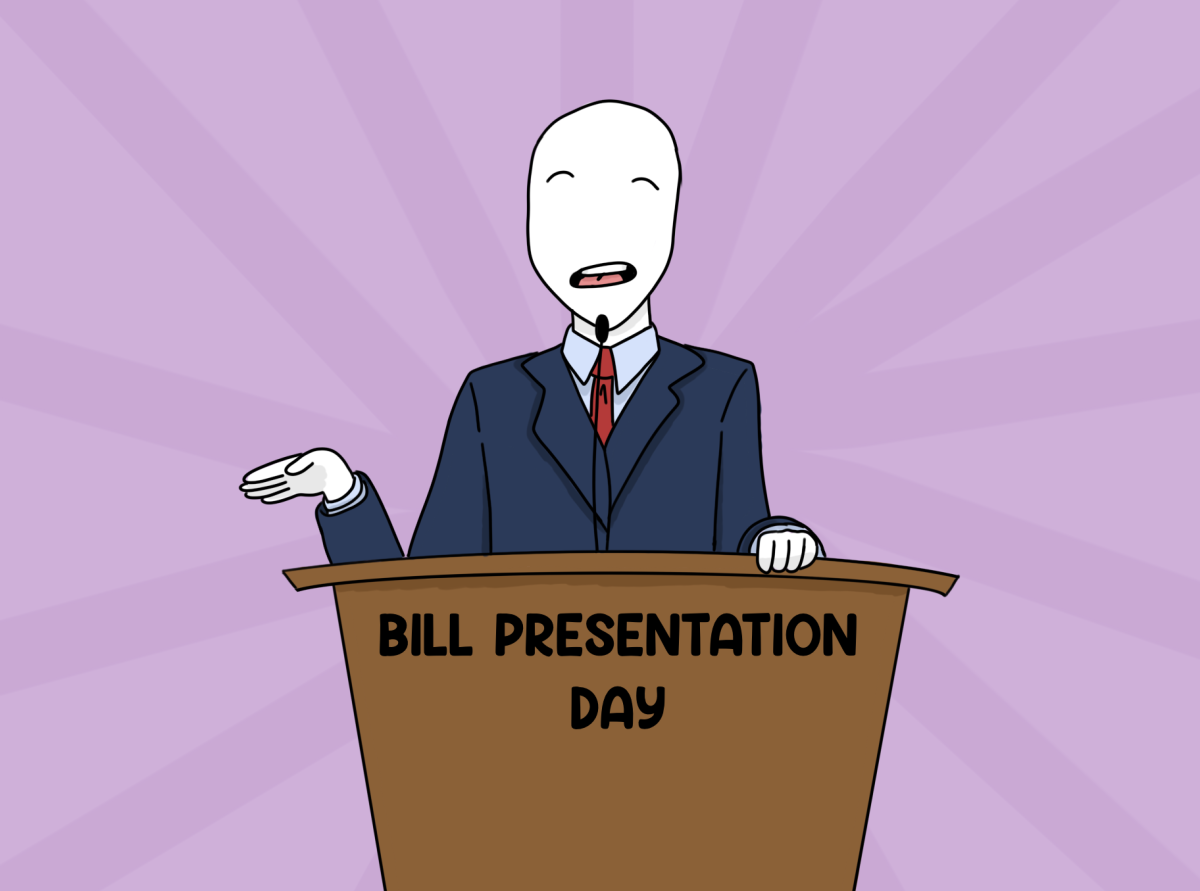Opinion: Higher education is breaking the budget
Higher education is breaking the budget.
April 21, 2023
With seniors graduating soon, many of them are going to college, and the cost is one of the biggest factors on where someone chooses to enroll.
Since 65% of jobs require higher education, college needs to be more affordable so more people will be able to have the opportunity to attend.
With the higher demand for a college education, the price of college has increased higher than previous years.
Between the years 1980 and 2020, the total price of a college education has increased by 169%. During the 1980-1981 school year, the average public college education tuition with room and board was only $7,770 while the average cost during the 2018-2019 school year was $21,400 per academic year with room and board.
Many people assume that college tuition is the total cost of the school year, but that is not the case.
Bowling Green State University’s tuition is $13,000, but once you factor in other costs like room and board, the price tag rises to about $23,000.
In addition, if someone wants to go to a public college or university that isn’t in their state, they may have to pay a higher tuition as well.
If a student wants to attend the Ohio State University, the approximate in-state cost is $24,687 while the out-of-state cost is $49,742 per academic year.
Private schools are also an option for students, but come at a price. For example, Ohio Wesleyan University is a private college and costs about $69,443 per academic year without aid.
On top of that, students don’t just go to college for a year, if the student went to OSU for four years, the cost would be about $98,748 without aid. At OWU, it would be $277,772.
With having about $100,000 in public college costs, lots of students go into debt. Having debt can lead to having bad credit, high stress and even mental health disorders.
Debt also collects interest and gets higher after a certain amount of time. Having bad credit can make it hard to rent a house, buy a car or any other large purchases. While having a car or your own house isn’t a necessity, it can make it much easier to create independence and other job opportunities.
With the cost of college having such great risk, many students aren’t able to afford it. In addition, only 46% of students from low income families attend college, while 76% of the students with a higher income family attend college.
Having a college degree isn’t a necessity for all jobs, but having one can create more opportunities for different jobs and could also lead to higher pay.
Without a doubt, college costs too much. But there are many different ways college can be more affordable.
First, students can apply for financial aid and scholarships that many colleges offer. One example is if a family member has served or is currently enrolled in the military financial aid is offered.
There are many different scholarships available to people for many different reasons. A few examples are low income, hardships and some people base it off of personal achievements.
Also, if someone serves in the U.S. military, the GI Bill provides up to full college tuition and to do this you need to serve at least 90 days as an active duty soldier.
Since college is so vital for job opportunities, it needs to be more affordable and accessible to everyone, not just who can afford it.







































